Niantic’s own earnings prove Pokemon Go needs to change direction
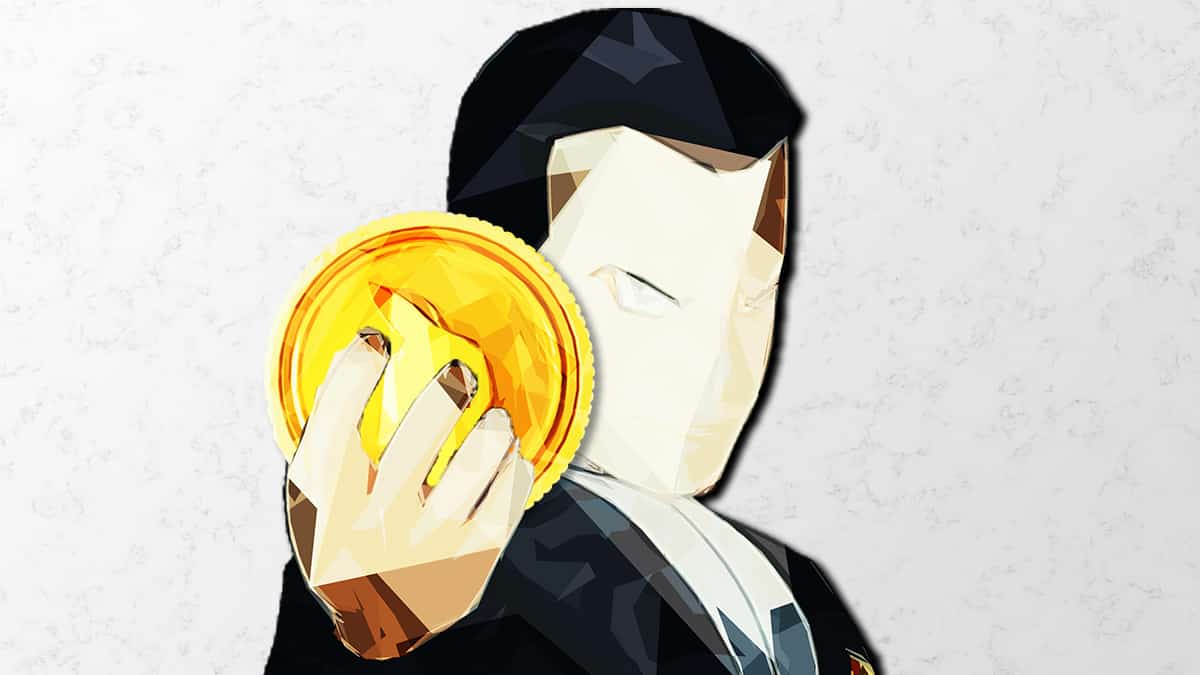 Niantic
NianticPokemon Go’s player base has loudly expressed its concerns about the direction the mobile powerhouse has been headed over the past year – and Niantic’s own earnings could prove it’s headed the wrong way.
Since its massive launch in 2016, Niantic’s breakout hit Pokemon Go has amassed over $6 billion in revenue worldwide. Of course, the yearly landmark earnings are inevitable when allowing mobile phone users to have the world’s #1 grossing media franchise at their fingertips.
However, Niantic has fought an uphill battle since the game’s launch. With a peak active player base in 2016 of 232 million users, Pokemon Go would lose more than 100 million players the following year, double its players in 2018, and then slowly decline to a near all-time low.
Despite earning $1 billion in both 2020 and 2021, players have been outspoken about the controversial changes made in 2021 and 2022. And the decline in players, as well as in earnings, proves these gripes actually have a negative impact on the Pokemon Go.
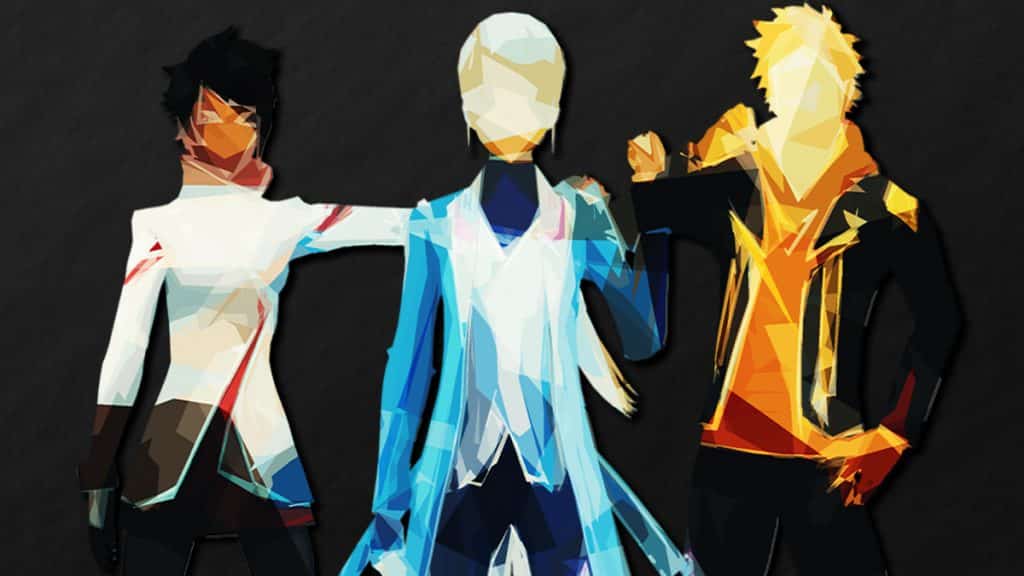
Pokemon Go’s declining player base
Before discussing Pokemon Go’s financials, we need to look at the game’s active users. Since reaching a monthly average of 131 million active users in 2018, this number has steadily declined to 71 million in 2021. This is the second-lowest year since 65 million in 2017.
During the first six months of 2022, Pokemon Go averaged 80.1 million monthly players. However, the game has lost 2.4 million players (a loss of nearly 3%) over the last 30 days. This is the largest loss of players in a single month since January 2021.
With that being said, Pokemon Go’s player base fluctuates quite frequently seeing a massive dip in players one month and a steady crawl upward over the next few.
In December of 2021, Statista conducted a study asking gamers if they had ever played Pokemon Go and if they were currently active. The control group consisted of players 18 years and older. Nine percent said they had never played Pokemon Go, while 41% claimed they were still active. That left 51% who stated they no longer played Pokemon Go.
Of Pokemon Go’s target demographic, 18-34 years old, a staggering 70% responded saying they had stopped playing.
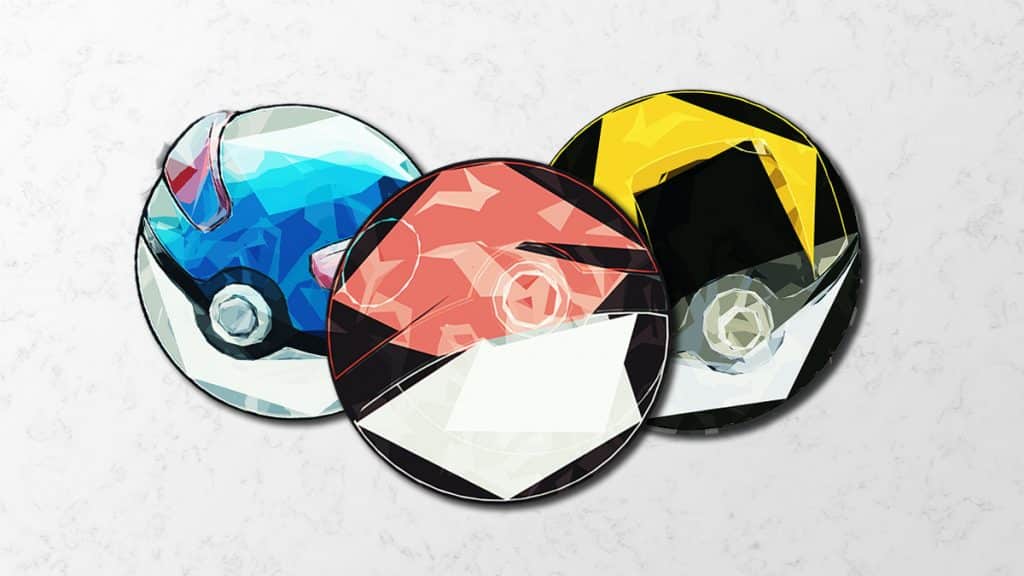 Pokeballs are the main means of capturing Pokemon, they can be purchased using Pokecoins
Pokeballs are the main means of capturing Pokemon, they can be purchased using PokecoinsPokemon Go’s declining annual earnings
From 2020 to 2022, Sensor Tower has put out a report each year announcing a landmark achievement for Pokemon Go. In 2020, Pokemon Go surpassed $4 billion in lifetime earnings and was the first time the app had earned over $1 billion in a single year.
And despite 2021 being the best start to a year in Pokemon Go’s lifetime, players spent less on the game than they did in 2020. Niantic still managed to earn $1.21 billion from Pokemon in 2021, which was $20 million less than the year prior.
In June 2022, following massive events like GO Fest and Johto Tour, Pokemon Go surpassed $6 billion in lifetime revenue in just under six years. But this also revealed that Pokemon Go had generated 45% less revenue in Q1 of 2022 than in 2021 despite having 21% more active players.
This shows that the number of active players doesn’t translate to revenue generated. And with Niantic recently teasing the idea of in-game advertisements, this could further prove that Pokemon Go is losing its lucrative power.
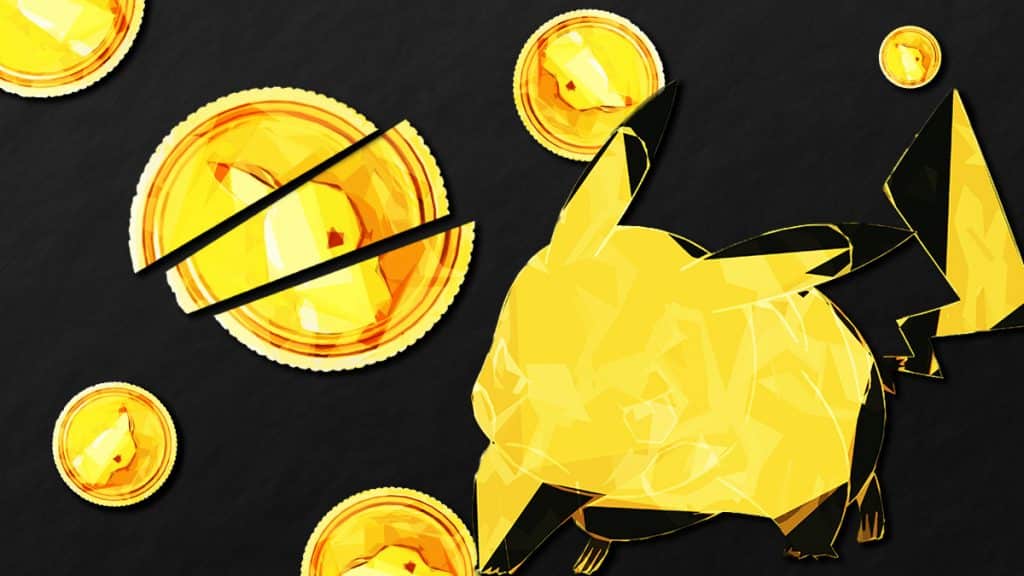
Why Pokemon Go isn’t as lucrative
Despite having the lowest number of players in years, 2020 and the first half of 2021 generated revenue the likes of which Pokemon Go hadn’t seen prior. Even with the all-time high of 232 million players in 2016, the game earned less than half of what it did in 2020.
The ideology of more players = more money doesn’t seem to translate in Pokemon Go, and it’s likely because players need incentives to spend money. However, PoGo players haven’t been happy with the direction Niantic has been headed for a while now resulting in less player spending.
In 2020, at the peak of the global health crisis, Niantic made key changes that allowed trainers to enjoy the game from their homes. But more importantly, these changes incentivized players to purchase items from the in-game shop.
Remote Raid Passes ($1 a pop) allowed players to join group battles from across the world. Incense was changed so a new Pokemon appeared every minute keeping players engaged. You couldn’t go out and explore, but players were more than willing to spend money to play where they were at.
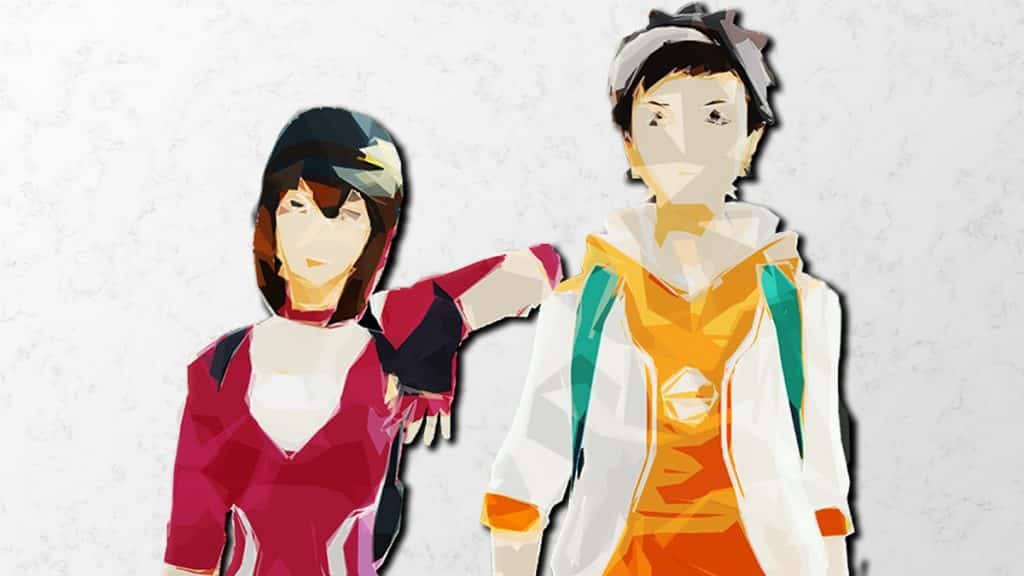
These changes also meant that rural players could enjoy Pokemon Go easier than they could before the global health crisis. GO Fest 2020 was also the first year the city-exclusive event went global, and players were more than willing to pay $15 for a ticket with all of the active bonuses.
This was followed by Kanto Tour at the start of 2021, arguably one of the greatest events in its history. With 151 possible Shiny Pokemon to collect, players – again- didn’t hesitate to spend $12 on a ticket.
But over the last year, Niantic has started to revert the changes made in light of the worldwide crisis. They have stated they want Pokemon Go to “get back to what it once was. To get players out and in-person again.”
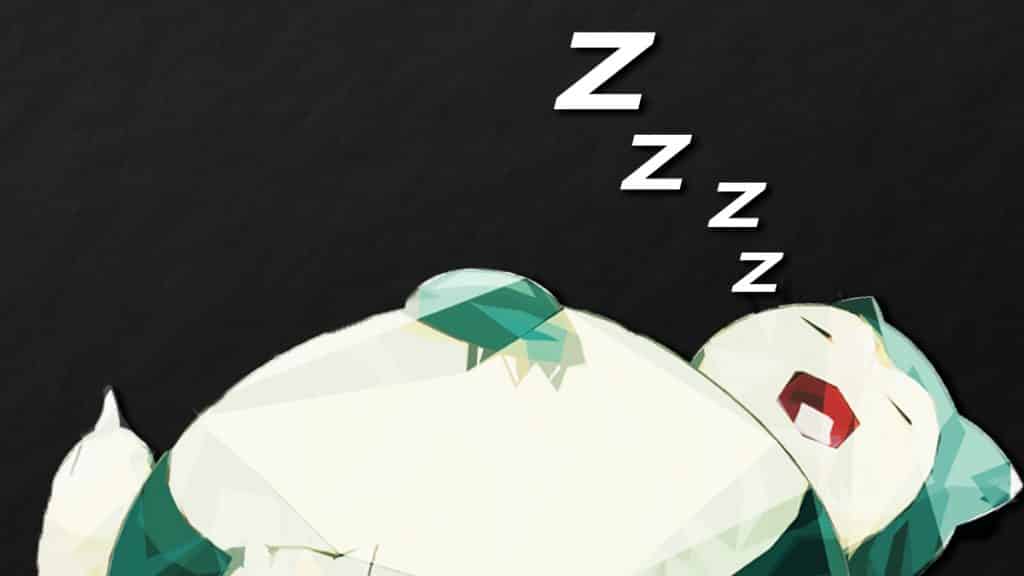
This is a confusing sentiment. PoGo was never as successful as it was in 2020-2021. Both financially and in the public eye, Pokemon Go peaked in the year of the global health crisis.
Developers often have to choose between making a game they want to make or game players want to play. And the reason Niantic seems hell-bent on reverting to 2019 Pokemon Go is in their mission statement.
“Our mission is to use emerging AR technology to spark creative and engaging journeys in the real world. We build products that inspire outdoor exploration, exercise, and meaningful social interaction.”
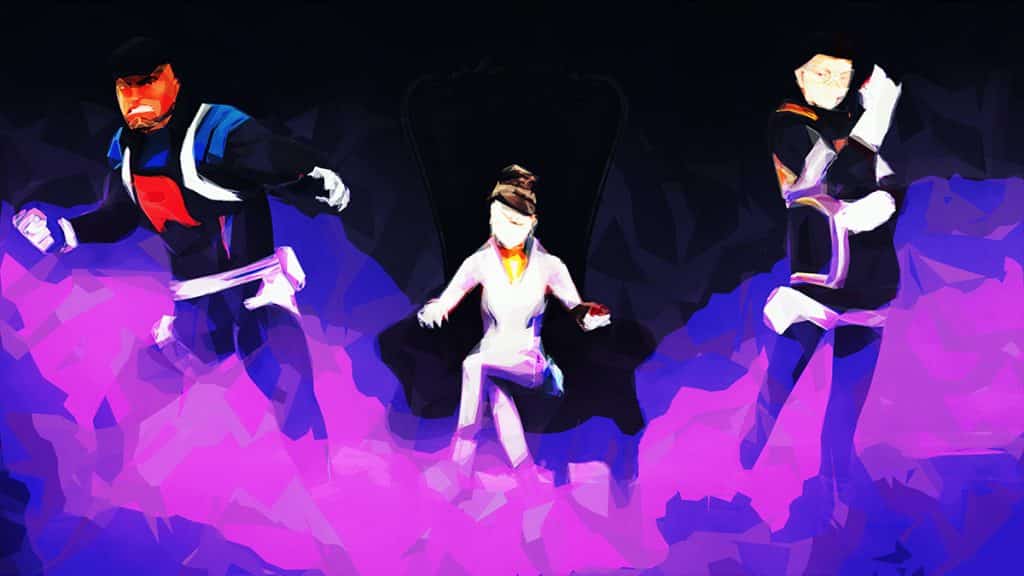
These goals are great on paper, but Pokemon Go has outgrown them. If Niantic were handling its own IP, this conversation would look different. But they’re providing a platform for one of the most successful franchises in the world.
It’s time for Niantic to realize they’re changing the wrong features and heading in the wrong direction. The previous changes granted accessibility that was needed regardless of the world health crisis. They encourage play, incentivized purchases, and would further expand the enjoyment of playing together in person.